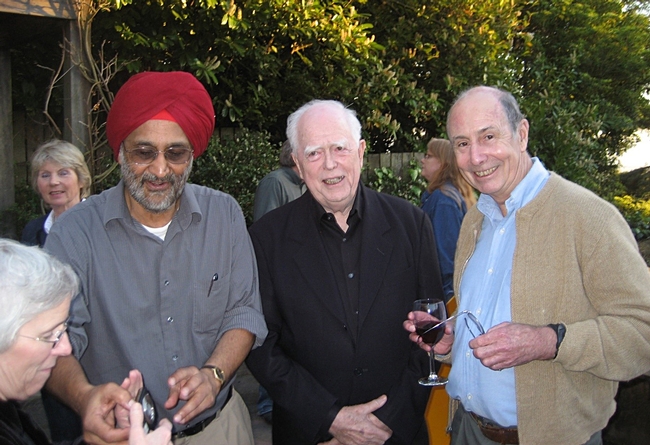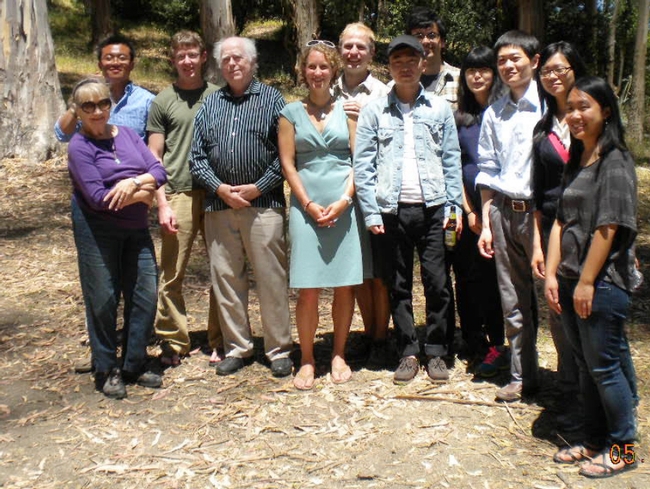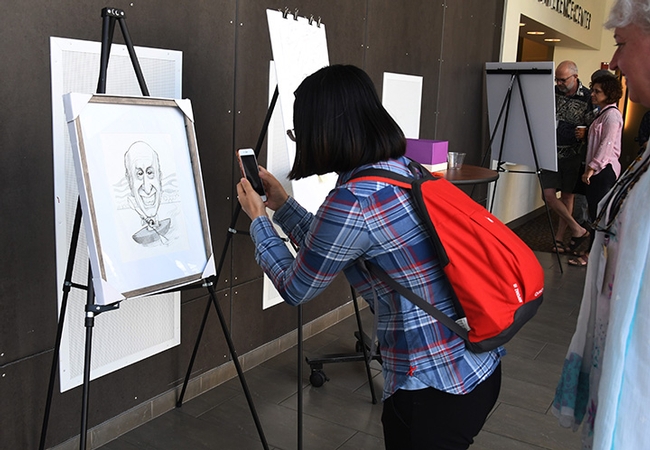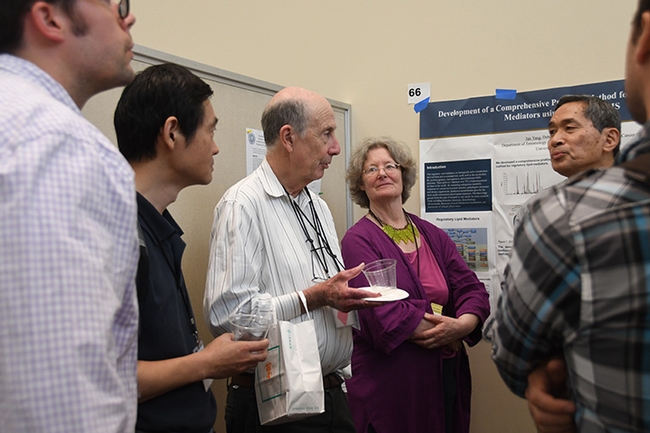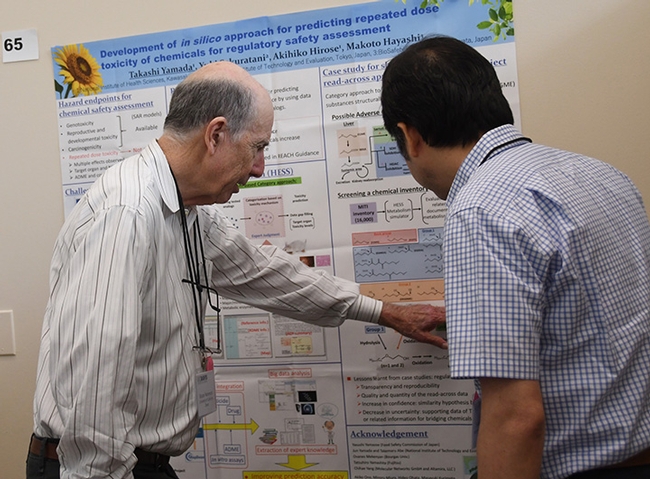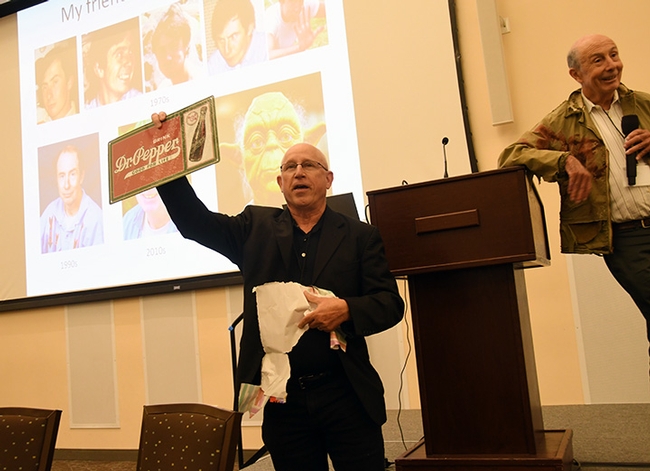- Author: Kathy Keatley Garvey
Should auld acquaintance be forgot,
and never brought to mind?
No, they won't—at least not for Bruce Hammock, a distinguished professor at the University of California, Davis, and the hundreds of scientists he's trained over an academic career spanning more than four decades at UC Davis and UC Riverside.
Looking back over 2018, Hammock remembers fondly the weekend that 100 of his former laboratory alumni from 10 countries traveled to Davis to honor his work, reunite, collaborate, and reminiscence.
Billed as “Biochemistry and Society: Celebrating the Career of Professor Bruce Hammock,” the three-day event drew Hammock lab alumni from throughout the United States, as well as Egypt, Spain, China, Australia, New Zealand, Germany, Sweden, Canada and the Czech Republic.
“It was really special and I will treasure that weekend always,” said Hammock, who trained scientists at UC Riverside for five years before joining the UC Davis faculty in 1980. He currently holds a joint appointment with the UC Davis Department of Entomology and Nematology and the UC Davis Comprehensive Cancer Center. He has directed the UC Davis Superfund Program, funded by the National Institutes of Health's National Institute of Environmental Health (NIH/NIEHS), for 31 years.
The distinguished professor, known for his expertise in chemistry, toxicology, biochemistry and entomology, meshes all four sciences in his 50-year research on acute and neuropathic pain in humans and companion animals. It all began with his basic research on how caterpillars become butterflies, research that led to key discoveries about chronic pain.
Since then, his lab has generated more than 80 patents, 300 postdoctoral fellows, and more than 65 graduates, who now hold positions of distinction in academia, industry and government.
Hammock's colleagues, and former postdoctoral fellows, graduate and undergraduate students and visiting scholars arrived at the lab reunion with their spouses--as well as their scientific posters for display and discussion. The posters covered everything from ground-breaking research in prestigious journals to a humorous look at his annual water balloon battles in front of Briggs Hall.
The scientists dined at the UC Davis Conference Center, the Buehler Alumni Center and the Stonegate Country Club; shared months, years and decades of memories; and toasted, roasted and gifted their mentor. Hammock, in turn, toasted, roasted and gifted them.
“We had a blast,” recalled organizer Shirley Gee, a former research toxicologist and manager of the Hammock lab for 31 years. She retired in June 2016 after 40 years of service with the university.
“I have had a vision of this event to honor Bruce for many years now, and it was such a thrill to see it come together,” she said. “Reconnecting in person with all the alumni and their families was more rewarding than I could have imagined, but even more importantly was the thrill of watching alumni reconnect with each other! There were a lot of tears in the house. Many people I think were surprised by how the years melted away when they began reacquainting. I think that speaks to the environment that Bruce created that led to many strong personal and professional bonds.”
Gee credited her seven-member committee—former Hammock students Keith Wing, Jim Ottea, Tom Sparks, Babak Borhan, Qing Li; postdoctoral fellow and “academic grandson” Kin Sing Stephen Lee, a former student of Babak Borhan; and colleague Sarjeet Gill, now a distinguished professor at UC Riverside, with greatly contributing to the success of the one-of-a-kind celebration.
As graduate students, and Hammock and Gill worked together in the John Casida lab at UC Berkeley and later in Larry Gilbert's lab where they co-discovered the enzyme, soluble epoxide hydrolase. Hammock remembers researching juvenile hormones and what's involved in "how caterpillars became butterflies."
Hammock has studied the enzyme system and its inhibitors ever since. He recently formed a Davis-based company, EicOsis, to develop an orally active non-addictive drug for inflammatory and neuropathic pain for human beings and companion animals. Human clinical trials are scheduled to begin in 2019. Several seed-fund grants and a NIH/NINDS (National Institute of Neurological Disorders and Stroke) Blueprint Development Grant support EicOsis.
Hammock, described at the lab reunion as a “genius,” collaborates with scientists worldwide in what's been described as “unprecedented research with a multidisciplinary, integrated approach to research focused on insect biology, mammalian enzymology, and analytical chemistry.” He has authored more than 1000 publications on a wide range of topics in entomology, biochemistry, analytical and environmental chemistry in high quality journals, and has been cited more than 54,000 times. In the epoxide hydrolase field, the Hammock laboratory has published almost 900 peer-reviewed papers.
Tom Sparks, who was Hammock's first graduate student at UC Riverside, chronicled Hammock's career and recalled humorous anecdotes from his early professorship at UC Riverside. A former professor at Louisiana State University, and now a research fellow in Discovery Research at Dow AgroSciences (now Corteva Agriscience, Indianapolis, Sparks praised Hammock's intellect and curiosity. “For Bruce, it was all about the journey, looking around and operative at the interface between entomology, biochemistry and chemistry.”
Gill, along with University of Utah emeritus professor Glenn Prestwich and UC Davis research scientist Karen Wagner also delivered presentations, fondly recalling their shared time and science with Hammock.
Keith Wing, who was Hammock's second graduate student at UC Riverside/Davis, served as emcee at the lab reunion. A former senior research associate at DuPont and Rohm and Haas and current consultant, Wing said “Bruce has inspired many hundreds of developing scientists. For myself and many others, he was able to see what we could become as scientists and social contributors before we could see it ourselves."
Qing Li, a professor in the University of Hawaii's Department of Molecular Biosciences and Bioengineering College of Tropical Agriculture and Human Resources who received his doctorate from UC Davis, studying with major professors Bruce Hammock and James Seiber, said that "Bruce is an eminent scientist and a great mentor. Many of us have benefited from his effective mentorship. Back in 1990, after he signed my dissertation, he shook my hand, and then he asked me to tape-record it and give him the recordings -- a great 'homework' assignment and good practices for me."
Others commented that they learned this from Hammock: “We explore the unexpected and get to do things that don't work” and “Design things to fail; when they don't fail follow along.”
Hammock, the crowd agreed, seems to follow baseball legend Yogi Berra's sage advice: “If you come to a fork in the road, take it.”
Gill praised Hammock's “impact on human health, environmental health” as well as his love of the outdoors—from kayaking to mountain climbing.
Numerous alumni lauded Hammock's sense of humor. One scientist quoted Albert Einstein as saying “Creativity is intelligence having fun” and added “Bruce is always having fun.”
Among the other comments:
- “I never heard him speak a cross word.”
- "He treats everyone with respect.”
- "Bruce loves science and he loves people.”
- "He never heard a crazy idea.”
- "What Bruce does—he delivers the future.”
- "Bruce has a lot of determination and can approach difficult problems from multiple angles.”
- "Bruce values strong relationships with friends he has made over the years”
A native of Little Rock, Ark., Hammock received his bachelor of science degree, magna cum laude, in 1969 from Louisiana State University, Baton Rouge, where he majored in entomology and minored in zoology and chemistry. Then it was off to UC Berkeley, for his doctorate in entomology/toxicology in 1973, and postdoctoral fellowship.
It was at UC Berkeley where he met and married his wife, Lassie, who had just entered the doctoral program in plant physiology. They married in 1972 and then “the Army called me up,” Hammock remembers.
Hammock served as a public health medical officer/first lieutenant with the U.S. Army Academy of Health Science in San Antonio, Texas; and then did more postdoctoral research at the Rockefeller Foundation, Department of Biology, Northwestern University, Evanston. Ill.
Hammock then joined the faculty of the Division of Toxicology and Physiology, UC Riverside Department of Entomology in 1975 before heading for UC Davis in 1980 to accept a joint-faculty appointment in toxicology and entomology.
Bruce and Lassie reared three children: Tom, Bruce and Frances. “Frances and her husband, Adrian, teach math at UC San Diego; Bruce is on the UC Davis School of Veterinary Medicine faculty; and Tom, a graduate of the American Film Institute Conservatory, makes movies,” Hammock said, adding that he and Lassie appeared in one of the movies that Tom directed: "The Last Survivors."
Highly honored by his peers, Hammock is a fellow of the National Academy of Inventors, which honors academic invention and encourages translations of inventions to benefit society. He is a member of the U.S. National Academy of Sciences, a fellow of the Entomological Society of America, and the recipient of scores of awards, including the Bernard B. Brodie Award in Drug Metabolism, sponsored by the America Society for Pharmacology and Experimental Therapeutics; and the first McGiff Memorial Awardee in Lipid Biochemistry.
Hammock told the crowd at the reunion that he began his career studying insect science but switched to human research after encountering “all the suffering involved in acute and neuropathic pain.”
His insect science research centered around how a key enzyme, epoxide hydrolase, degrades a caterpillar's juvenile hormone, leading to metamorphosis from the larval stage to the adult insect. He then wondered "Does the enzyme occur in plants? Does it occur in mammals?" It does, and particularly as a soluble epoxide hydrolase in mammals.
“It is always important to realize that the most significant translational science we do in the university is fundamental science,” said Hammock. “The extreme and poorly treated pain that I observed as a medical officer in a burn clinic in the Army, is a major driver for me to translate this knowledge to help patients with severe pain.”
And it all began with him asking how caterpillars turn into butterflies.
"Science is full of surprises," the distinguished UC Davis professor said. "We need to remember that the concept, the clinical target, and even the chemical structure came from asking how caterpillars turn into butterflies."
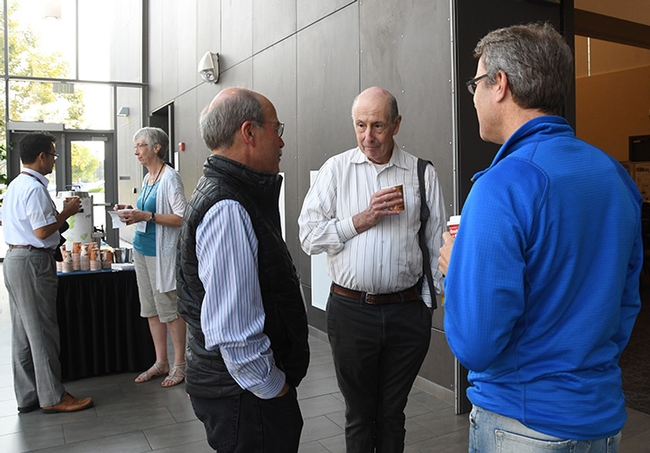
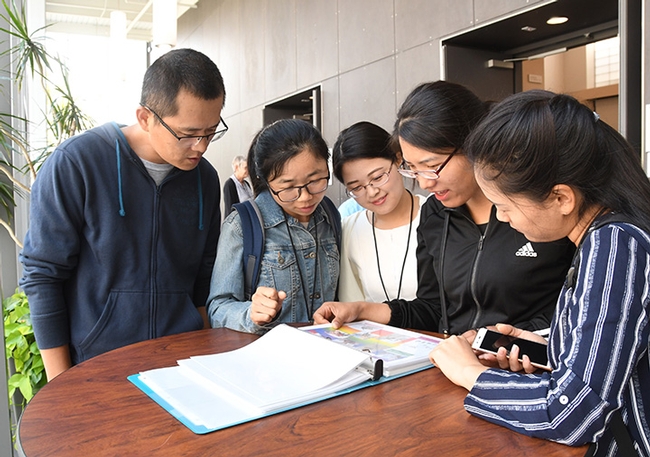
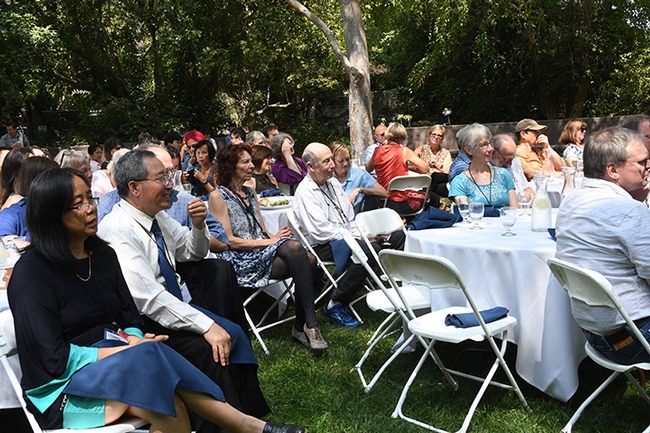
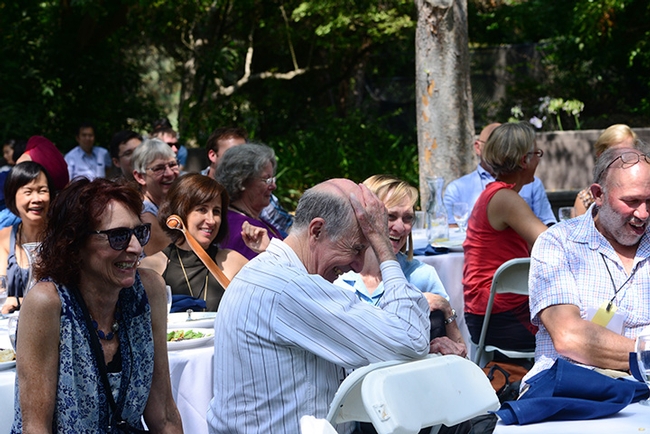
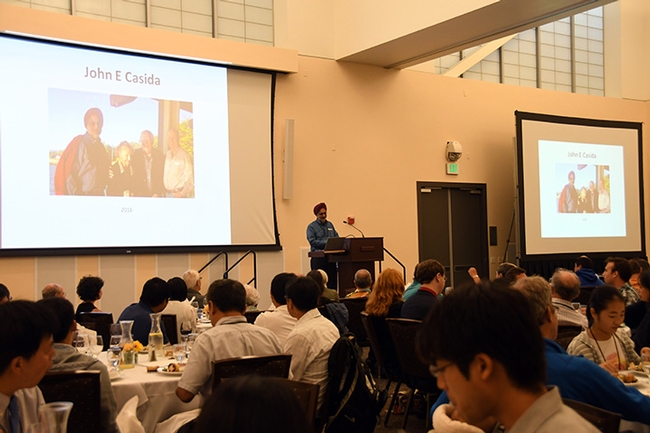
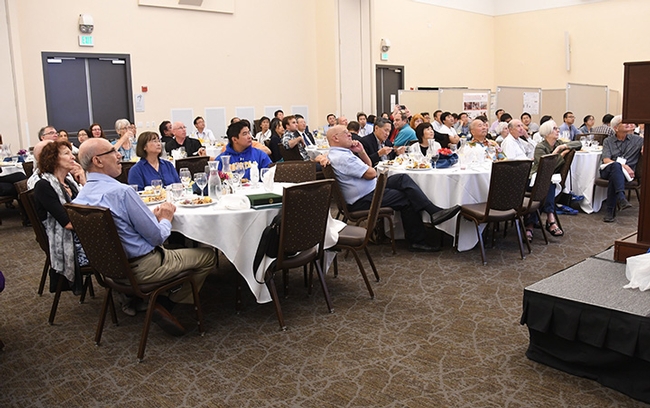
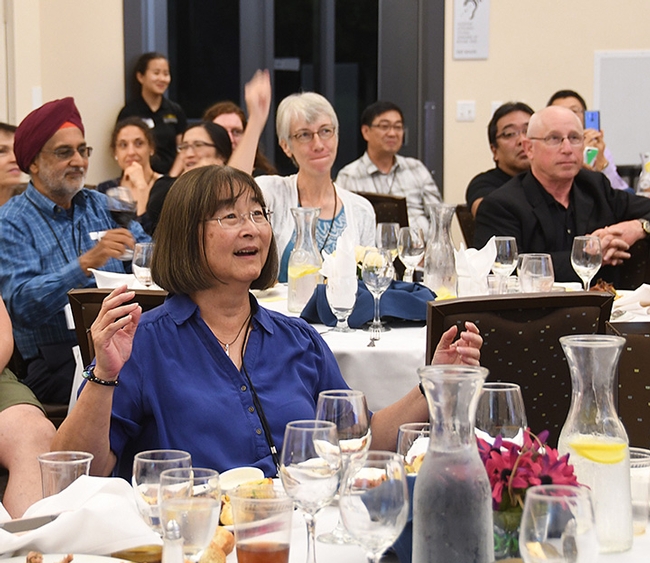
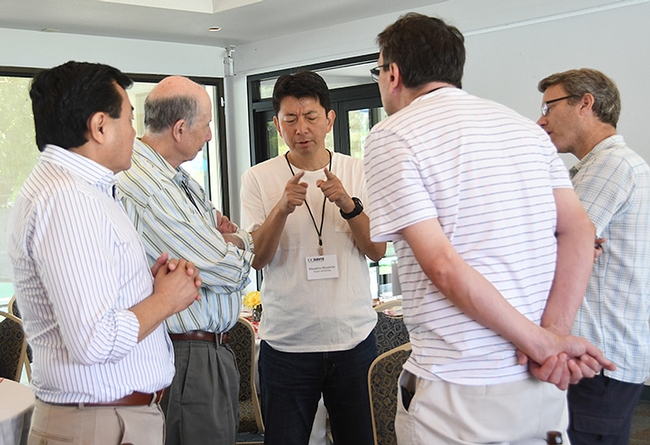
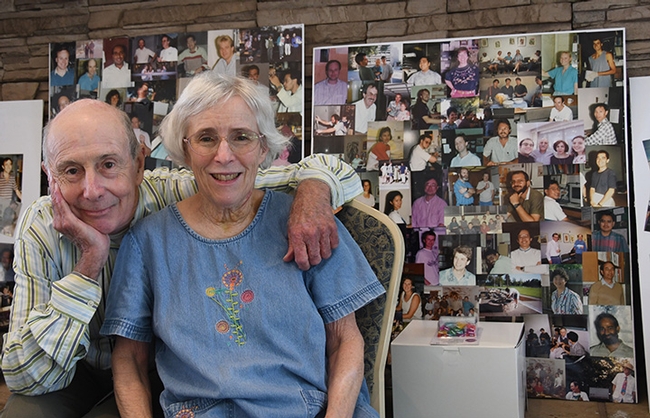
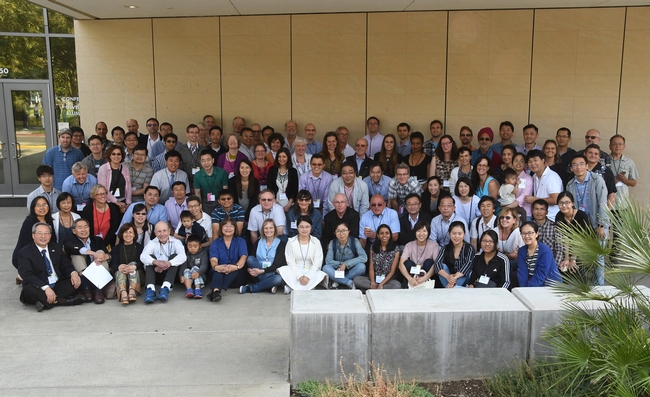
- Author: Kathy Keatley Garvey
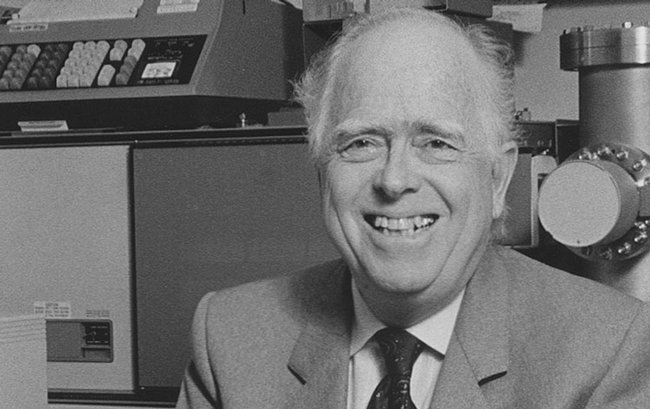
Casida, 88, one of the world's leading authority on how pesticides work and their effect on humans, died June 30 of a heart attack in his sleep at his home in Berkeley. He was considered the most preeminent pesticide toxicologist over at least the last two centuries.
A distinguished professor emeritus of environmental science, policy and management and of nutritional sciences and toxicology, Casida was the founding director of the campus's Environmental Chemistry and Toxicology Laboratory.
When awarded the Wolf Prize in Agriculture in 1993, the Wolf Foundation lauded his “research on the mode of action of insecticides as a basis for the evaluation of the risks and benefits of pesticides and toxicants, essential to the development of safer, more effective pesticides for agricultural use." according to a UC Berkeley News Service story. "His discoveries span much of the history of organic pesticides and account for several of the fundamental breakthroughs in the fields of entomology, neurobiology, toxicology and biochemistry.”
Former graduate student Bruce Hammock, now a distinguished professor at the University of California, Davis, who holds a joint appointment with the UC Davis Department of Entomology and Nematology and the UC Davis Comprehensive Cancer Center, remembers him as a “lifelong mentor who evolved into a colleague and a friend.”
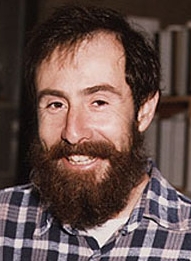
“John continued his high productivity until his death with major reviews on pesticides in 2016, 2017, and 2018 in addition to numerous primary papers,” Hammock noted. “He was working on primary publications as well as revising his toxicology course for the fall semester at the time of his death. Pesticide science was the theme of his career, and we live in a world with far safer and more effective pest control agents because of his effort.”
John Casida opened multiple new fields ranging from fundamental cell biology through pharmaceutical discovery. "He pioneered new technologies throughout his career, from being one of the first to use radioactive compounds for pesticide metabolism through studies with accelerator mass spectrometry, photoaffinity labeling and others," Hammock related. "Yet the greatest impact of his career probably lives on in the numerous scientists he trained, now carrying on his traditions of excellence in science. These scientists are around the world in governmental, industrial and academic careers.”
As compiled and shared by Hammock, below are comments from a few of his doctoral students and postdoctoral fellows who worked both with Casida at UC Berkeley and at, least for a time, also were at UC Davis.
Sarjeet Gill
Distinguished Professor of Cell Biology and Neuroscience, University of California, Riverside
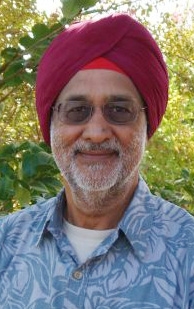
"This project also allowed me to build a long lasting friendship with Bruce Hammock who also was on the same project. Since John was always very focused, I often challenged John's patience with my practical jokes. I am sure he knew who the culprit(s) were but he never revealed he knew.
“The research experiences in John's lab made an indelible impression on me that drove me to return to the United States from Malaysia for an academic career in the UC system. Personally, I have lost an incredible mentor, and the scientific community lost the most preeminent pesticide toxicologist in the last two centuries. John changed the way we investigated mechanisms of toxicity at all levels. I certainly will miss him dearly.
Bruce Hammock
Distinguished Professor at the University of California, Davis: Joint appointment with the Department of Entomology and Nematology and the UC Davis Comprehensive Cancer Center
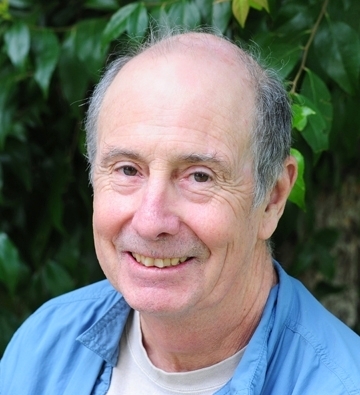
"After telling him I was there to be his graduate student, he replied he had no money for students. My retort was that I had a fellowship. He then told me that students were not space effective, and I promised not to take up much space. He continued that students were not time effective, and I promised not to take his time. In retrospect, Sarjeet must have really soured him on graduate students a few hours earlier."
"Months later, Sarjeet and I were sharing a desk-lab bench in the windowless closet next to the 'fly room' when Dr. Casida walked in. He had noted we both listed him as our major professor and asked if there was anything, he could do to encourage us to leave. When in unison we replied 'No!,' he politely left without accepting us, but soon we both had a desk and bench.
"So a few paces after Sarjeet, I initiated the most thrilling four years of my life. John's introduction to experimental science was marvelous with the perfect balance of inspiration, instruction and tremendous freedom. I was privileged to learn from a wonderful group of individuals and, of course, I made my most enduring of friendships with Sarjeet Gill. In addition to science, John taught a life-family-science balance by example. John was my life long mentor in science and in life but also evolved as a colleague and friend.
"Three more delightful years passed and John then took me to lunch at the faculty club. As I was about to leave the laboratory for the U.S. Army, he gave me sagely advice such as he had had it easy during the Sputnik period and I would have it hard. Then he went on to tell me than most people in the laboratory did not find my practical jokes nearly as funny as I did. I did not reveal that Sarjeet had both planned and executed most of them. Thus, Sarjeet succeeded in disrupting my Berkeley career from beginning until the end.
"John and his laboratory at Berkeley provided me with the most exciting years of my scientific career. In his own work, John moved from strength to strength creating numerous entire fields along the way. His scientific insight and drive were a constant stimulation to drive for innovation and excellence. Whenever I had an opportunity, I encouraged others to join his team. John was an inspiration and role model, not only because John came in early and stayed late, but also because he did science for the fun of discovery and taught for the joy of teaching."
Keith Wing Consulting LLC
Life Science Industrial Biochemistry or Biotechnology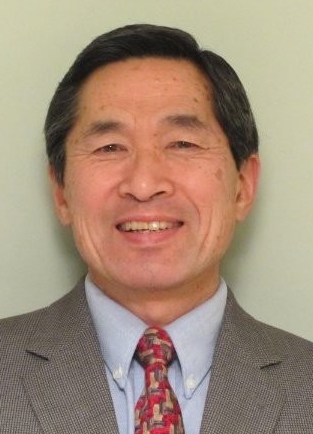
"While we all worked hard including many evenings and weekends, there were times when I or other American rebels would lead a mass lab exodus for a salmon fishing or ski trip during (gasp!) regular business hours. John would pretend to barely notice our ill-disguised escape along the cabinets that lined the Wellman Hall basement, except to raise his right eye from his manuscript editing in an unmistakable sign of disapproval at our lack of scientific drive.
"And this leads to another Casida work pattern of the time…. All of us scientists were subject to John's multiple cycles of manuscript editing. We would wrack our brains trying to put the right words and figures down as manuscript drafts, submit them to John, and wait for three days or less for him to return it to us in a sea of thin red ink, and the humbling realization that we really were much poorer writers than we'd thought. After discussion with John and acquiescing to practically every edit he'd made, the manuscript would be re-typed manually by his administrative assistants in entirety and the cycle would repeat but with less red ink. After at least three cycles of this, we'd submit the manuscript for publication, often with a high acceptance rate. With time, we all came to understand and see John's wisdom in approaching publication and science contribution. All of this occurred right as word processing programs had started taking hold in the outside world, and perhaps my one service to the lab on my 1983 exit was to convince John to look into using word processing/saving documents on disks for editing. Oh, and maybe a bit of science as well.
"John Casida's lab has been the world leader in examining both pesticide metabolism and their biochemical target sites. I was lucky enough to work on a project that combined both, and it molded the way I looked at insecticide discovery in industry. The interdisciplinary approach to the mechanisms by which xenobiotics interface with biological systems influenced the thinking of every person who has passed through John's lab. That influence has proliferated throughout the world and has advanced the field of pesticide toxicology to what it is today. We mourn the loss of a great leader but understand that his alumni are a large international family that will carry his spirit and teachings forward."
Andrew 'Andy' Waterhouse
Director of the Robert Mondavi Institute for Wine and Food Science and Professor of Viticulture and Enology,
University of California, Davis
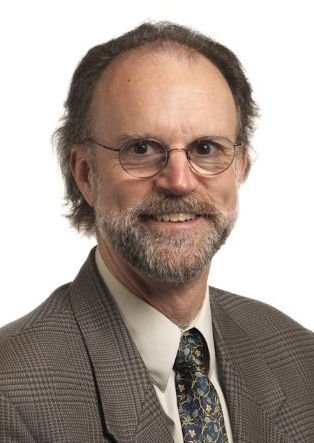
"A couple of weeks after I arrived, he showed me Don Crosby's book on natural toxicants, and asked if I would confirm the very high toxicity of ryanodine mentioned therein. The high toxicity suggested strong binding to a key regulatory protein, and its novel and unknown mode of action made it an exciting prospective target. Confirming that ryanodine was in fact a deadly toxic, he set a project in motion to discover the site of action, hiring Isaac Pessah to use the yet-to-be-made radioligand on a hypothetical site of action!
"We were astonishingly lucky to find that the natural source of ryanodine contained a major impurity that was one step away from the highly radioactive form, so it wasn't too long before we had very hot ryanodine available. Initial attempts detected no binding at all, but Isaac thought to add some calcium to the assay, and we had the binding site in hand! This discovery essentially established a field of science in muscle physiology and pharmacology, with entire symposia dedicated to exploring this binding site and its broader significance to toxic modes of action. Isaac is an established leader in the field. It was a real privilege to see how groundbreaking research can happen and be part of it, and to get to know all the fabulous scientists that John collected around him."
Isaac Pessah
Associate Dean of Research and Graduate Education, and Professor, Department of Molecular Biosciences, UC Davis School of Veterinary Medicine
University of California, Davis
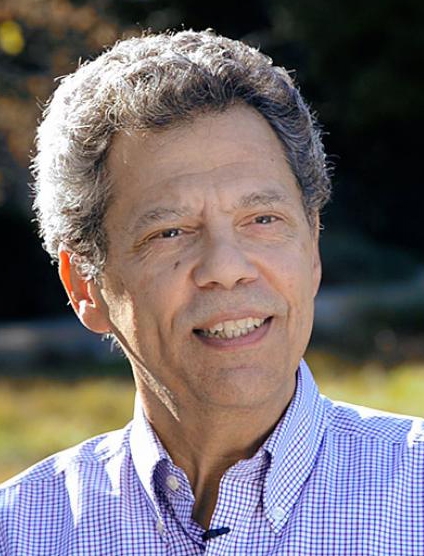
"I remember most vividly my reaction when John also indicated that working on the biochemistry GABA receptors, my original intent for traveling across country for a postdoc, was not to be. ‘Work on something else' John advised, ‘there are so many interesting unanswered questions around the PCTL.' Arguably John's straightforward and highly insightful advice changed the course of my professional life. He introduced me to chemist Andy Waterhouse, and the next two years of work that led to the discovery and identity of the ryanodine receptor were breathtaking. Our discovery benefited from many factors; a gift from Ryania speciosa in the form of didehydroryanodine, which Andy identified, the newly published use of palladium catalyst to catalyze efficient reduction of minute quantities of unsaturated bonds, the National Tritium Laboratory just above the PCTL…and of course, there was John's unwavering support for discovery, no matter how risky. Successful synthesis of [3H]ryanodine and identity of its receptor paved the way to immense basic discoveries in virtually every field of science, identification of several disease causing mutations of skeletal and cardiac muscle and the nervous system, and successful discovery of highly selective ryanoid insecticides. Since the first paper published in 1985, there have been nearly 20,000 peer reviewed publications (ISI Web of Science) and a search on Google Scholar yields more than 70,000 hits. To many, John was the recognized leader in pesticide chemistry and toxicology. I agree, although from my perspective, John was also a true renaissance individual, seeding ideas of great significance in so many fields, of which ryanodine receptors represents only one of many. His love of science and discovery positively impacted his students and postdocs. He will be fondly remembered and sorely missed.'
Qing Li
Professor, Department of Molecular Biosciences and Bioengineering College of Tropical Agriculture and Human Resources, University of Hawai‘i at Mānoa 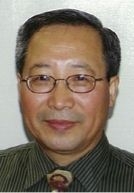
" In April 2018, I had a couple of telephone conversations with Professor Casida. He shared with me what he was doing (of course, writing manuscripts), his health, Kati's health, his sons and his grandkids. We talked about meeting at the Biochemistry and Society: Celebrating the Career of Professor Bruce Hammock, to be held in Davis in August 2018. We talked about a possibility to attend a meeting together in China in 2019.
"I was privileged to manage Professor Casida's manuscript entitled 'Pesticide Detox by Design' that he submitted to the Journal of Agricultural and Food Chemistry. This is Professor Casida's last manuscript, I believe. It is still in the review process. He wrote that 'Detoxification (detox) plays a major role in pesticide action and resistance…' A reviewer who reviewed the manuscript wrote me “I just heard that Professor Casida has passed away... Professor Casida was a giant in pesticide science, a special and unique person. It is a great loss to the pesticide science community…”
Professor Casida is survived by his wife, artist and sculptor Kati Casida, sons Mark and Eric Casida, and two grandchildren.
Related Information
- John Casida Obituary, UC Berkeley News Service
- For the Fun of Science: A Discussion with John E. Casida (Archives of Insect Biochemistry and Physiology)
- Still Curious: An Overview of John Casida's Contributions to Agrochemical Research (JAFC)
- Curious about Pesticide Action, by John E. Casida (JAFC)
